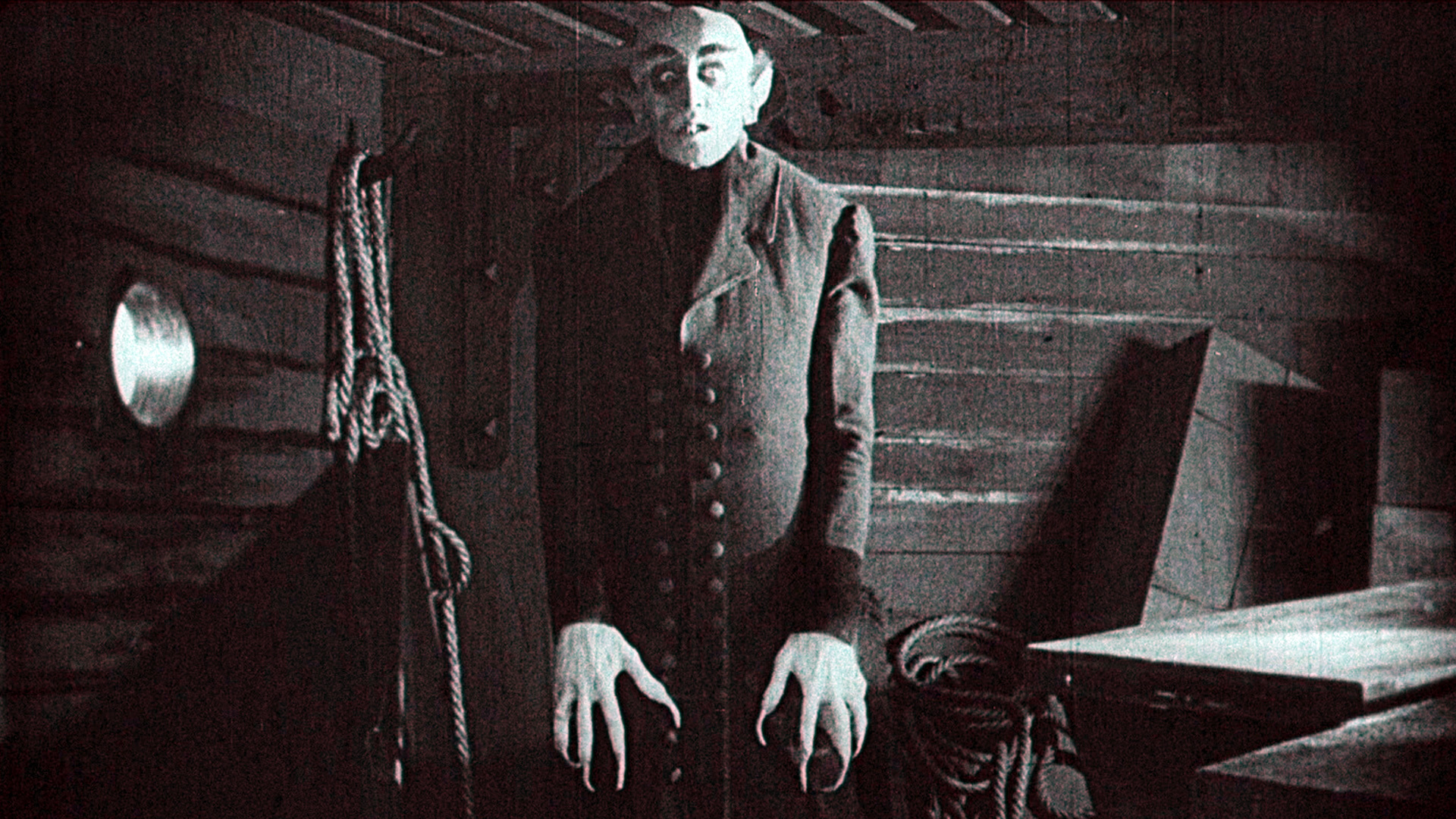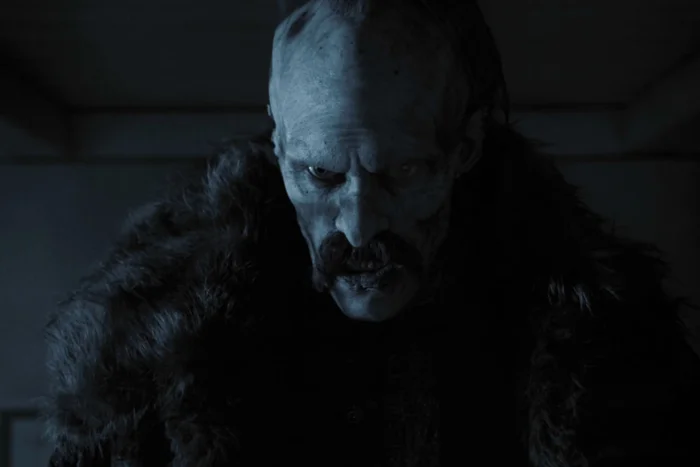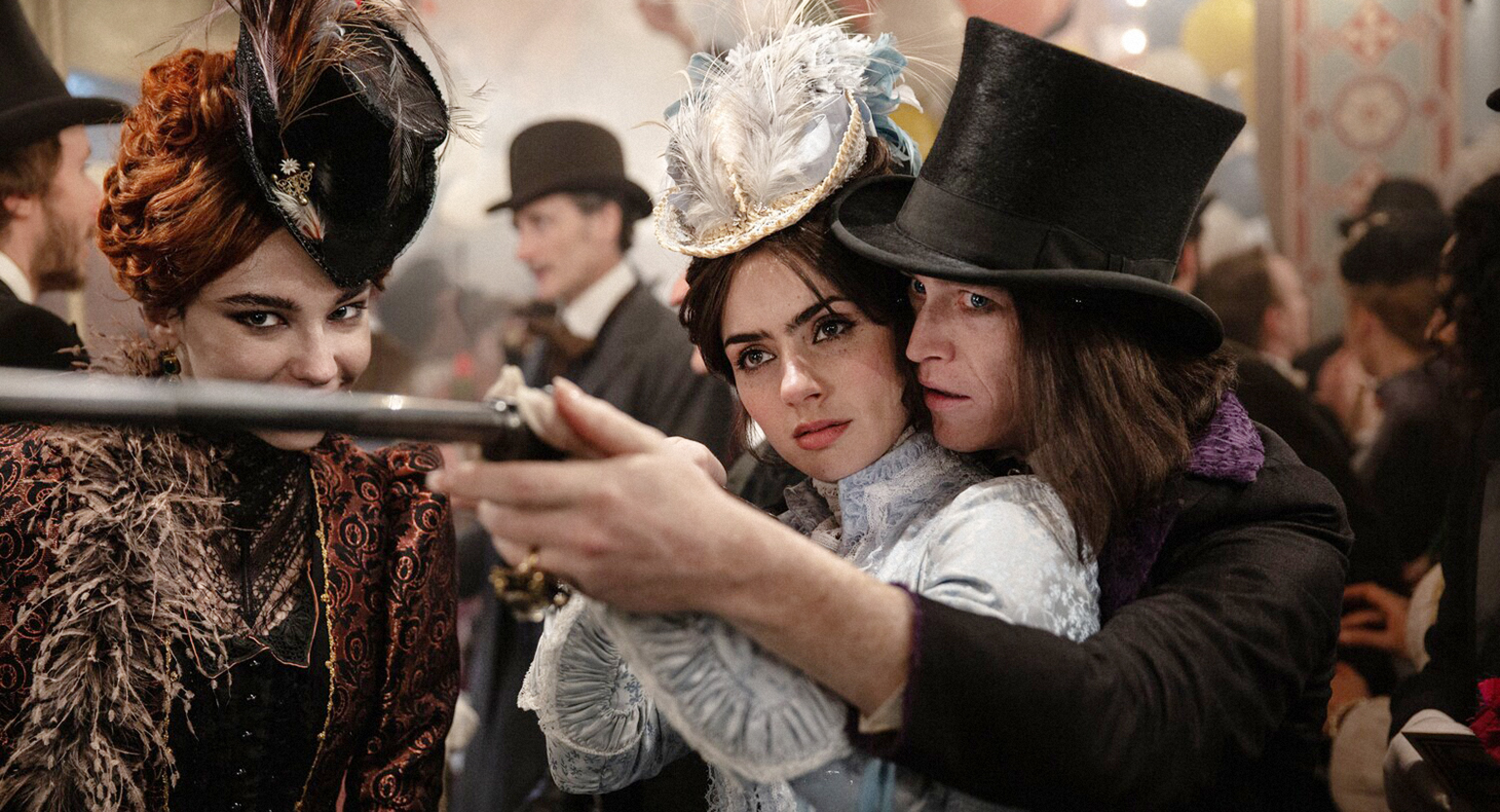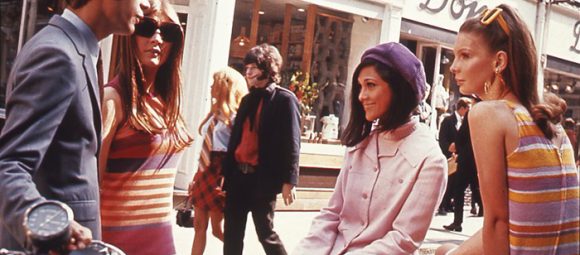Dracula: The Hero Who Never Dies
Every generation creates its own Dracula. A hundred years ago he was a monster from silent cinema; today he’s a melancholic symbol of loneliness in the digital age. The vampire outlives everyone because he dies for us — he carries our fear of time, love, and immortality, everything we can’t fully live through ourselves.
A Myth That Breathes Through Centuries
Bram Stoker, who invented the count in 1897, didn’t create a monster — he created a metaphor. Dracula absorbed everything Victorian society feared: foreigners, disease, loss of faith. But the image proved so powerful that it survived its era, its language, its genre — even its own death.
More than a century has passed, and every decade film, music, or literature opens the coffin again to look eternity in the face. In 2024 and 2025 it happened once more: three very different works revived Dracula — Robert Eggers’s Nosferatu, Luc Besson’s Dracula, and Tame Impala’s song “Dracula.” Coincidence? Hardly.

Max Schreck as Count Orlok in Nosferatu: A Symphony of Horror (1922)
Return of the Shadows: Nosferatu (2024)
A hundred years after Murnau’s original, Eggers once again shows a world where darkness is beautiful. His Nosferatu isn’t a remake but a reinterpretation: the vampire becomes a poetic figure of hunger — spiritual, existential. Eggers films like an archaeologist of fear — slowly, symbolically, somewhere between religious horror and theater. Nosferatu 2024 reminds us that today’s viewer doesn’t crave screams, but mystery — that ancient, wordless fear no special effect can reproduce.

Bill Skarsgard, as Count Orlok, Nosferatu (2024). Universal Pictures
Light and Blood: Dracula (2025) by Luc Besson
A year after Nosferatu, Besson’s film arrives — bright, baroque, melodramatic. His Dracula isn’t a monster but a man broken by love. Besson shifts the focus: not fear but passion, not damnation but meaning. It’s a Dracula of post-romanticism — a vampire who doesn’t frighten, but unsettles. He doesn’t crave blood; he craves emotional connection — the one thing everyone seeks in an age of disconnection. If in the cinema of the 1920s the vampire symbolized plague, in the 2020s he embodies longing.

Film «Dracula» / Actarus / EuropaCorp / LBP Productions
The Pop Vampire: Tame Impala’s “Dracula”
In music, the vampire has long lived in nocturnal tracks, but Tame Impala’s new song “Dracula” finally makes him human. Kevin Parker sings not about a monster, but a mood — an inner hunger for love and something like immortality. The pulsing beat, dreamy synths, half-whispered voice — it all sounds like a vampire’s late-night confession at a party in 2025. Here music becomes a metaphor for eternity in the digital age: every loop in Parker’s track feels like life without an ending, where repetition replaces death. That too is vampirism — just in audio form.
Why We Still Love Dracula
He embodies our fears.
Each era projects its own evil onto him: epidemics, loss of control, loneliness online. Dracula changes his mask, but the fear stays the same — being consumed by something greater than yourself.
He doesn’t crave eternity — he’s tired of it.
For Dracula, immortality isn’t a gift but a curse. He doesn’t seek endless life; he seeks an end that never comes. That’s his tragedy — and his allure. He represents not the fear of death, but of endless existence without meaning. We pity him because we sometimes feel the same: alive, yet frozen in routine.
He’s adaptable — and beautiful.
Cinema, fashion, advertising — all love his silhouette: the black cloak, pale skin, sharp features. He’s instantly recognizable, endlessly reinventable. Dracula is always a little about style.
He lets us speak about darkness beautifully.
The myth of Dracula is a way to discuss what’s usually left unsaid: desire, power, pain, hunger. Vampirism turns taboo into aesthetics. Through Dracula, culture learns to handle darkness — not to deny it, but to give it form, turning fear into art.
The Cycle of Resurrection
Every generation creates its own Dracula because technology changes — but fear doesn’t. Silent films showed shadows; Hollywood in the 1930s explored power; the 1990s glamorized desire; today’s stories linger on loneliness. So the new century gets a new hero: the Dracula of the 2020s isn’t a monster, but a man exhausted by isolation.
Blood and Memory
Maybe that’s why we keep waiting for new adaptations and songs. Each of them is a way to remember ourselves. The vampire never dies because he’s always fed new blood — our attention, our anxieties, our fascination.
Nosferatu (2024) showed us the shadow.
Dracula (2025) gave us feeling.
Tame Impala wrote the soundtrack to this endless return.
And when a new Dracula appears ten years from now — he’ll be about us again.



